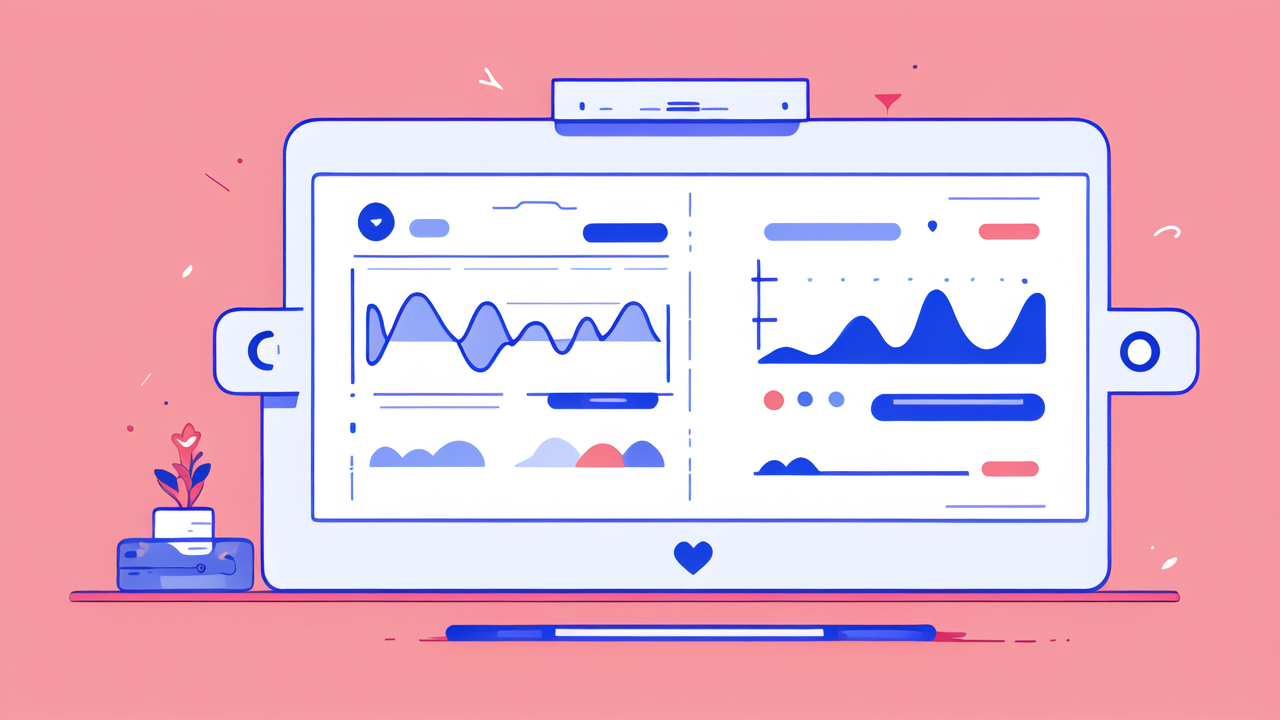The Rise of Health Monitoring Wearables in the United States
Understanding the Demand for Health-Focused Devices
Health monitoring wearables have seen a surge in popularity in the US. This trend is driven by

a growing interest in personal health. People want to take control of their well-being. These
devices offer real-time data on vital signs and activity levels. They appeal to both fitness
enthusiasts and those managing chronic conditions. The ease of use and accessibility make them
attractive to a wide range of users. Many find the ability to track their health progress
motivating and empowering.
Regulatory Landscape for Health Wearables
The FDA plays a key role in overseeing health wearables. They ensure these devices are safe and
effective. The regulatory process can be complex for manufacturers. It often involves clinical
trials and extensive documentation. However, the FDA has streamlined some processes for low-risk
devices. This has helped bring innovative products to market faster. The balance between
innovation and safety remains a key focus. As technology advances, regulations continue to evolve
to keep pace.
Key Players and Innovations in the Health Monitoring Market
Several companies lead the health monitoring wearable market. Apple, Fitbit, and Samsung are
major players. They offer devices with a range of health tracking features. Newer entrants like
Oura and Whoop focus on specific health aspects. These include sleep quality and recovery
metrics. Innovations in this space are constant. We're seeing devices that can detect irregular
heart rhythms. Some can even measure blood oxygen levels. The competition drives continuous
improvement in accuracy and features.
Technological Advancements in Health Monitoring Devices
The Integration of AI and Machine Learning
AI and machine learning are revolutionizing health wearables. These technologies help make sense

of vast amounts of data. They can identify patterns that humans might miss. For example, AI can
predict potential health issues based on trends. It can also provide personalized health
recommendations. Machine learning algorithms improve over time. This means devices become more
accurate and useful with continued use. The integration of AI is making wearables smarter and
more proactive in health management.
Evolving Sensor Technologies for Improved Accuracy
Sensor technology is at the heart of health monitoring wearables. Recent advances have greatly
improved their accuracy. New sensors can track a wider range of health metrics. These include
heart rate variability, skin temperature, and even stress levels. Some devices now use
optical sensors for blood oxygen monitoring. Others employ bioimpedance sensors for body
composition analysis. The goal is to provide medical-grade accuracy in a consumer device. As
sensors improve, the line between consumer and medical devices blurs.
Interoperability and Data Synchronization
Interoperability is becoming increasingly important in health tech. It allows different devices
and systems to work together seamlessly. This means data from a wearable can be easily shared
with healthcare providers. It can also be integrated with electronic health records.
Standardization efforts are underway to improve data sharing. This includes initiatives like
Apple's HealthKit and Google Fit. The aim is to create a more connected health ecosystem. This
connectivity enhances the value of health monitoring wearables.
Future Outlook: Trends and Predictions in Health Monitoring
The Role of Wearable Technology in Personalized Healthcare
Wearable technology is set to play a crucial role in personalized healthcare. These devices

provide a continuous stream of health data. This allows for more tailored health advice and
treatment plans. In the future, we may see wearables that can administer medication. They could
also alert emergency services in critical situations. The potential for early disease detection
is significant. Wearables could identify subtle changes in health patterns. This could lead to
earlier interventions and better health outcomes.
Challenges and Opportunities for Health Monitoring Wearables
Despite their potential, health wearables face several challenges. Privacy and data security are
major concerns. Users need to trust that their health data is protected. Accuracy and reliability
are also ongoing issues. False alarms can lead to unnecessary anxiety or medical visits. On the
other hand, missed warnings could have serious consequences. There's also the challenge of user
engagement. Many people stop using their devices after a few months. The opportunity lies in
addressing these challenges. Companies that can offer secure, accurate, and engaging devices will
lead the market.
Potential Impact of Health Wearables on Healthcare Delivery
Health wearables have the potential to transform healthcare delivery. They could reduce the need
for in-person doctor visits. This is especially valuable for monitoring chronic conditions.
Wearables could provide early warning signs of health issues. This could lead to more preventive
care and fewer emergency situations. They also empower patients to take an active role in their
health. However, there are concerns about over-reliance on these devices. It's important to
strike a balance between tech and traditional healthcare. The future likely involves a hybrid
model of care. This combines the insights from wearables with professional medical expertise.




Leave a comment
This site is protected by hCaptcha and the hCaptcha Privacy Policy and Terms of Service apply.